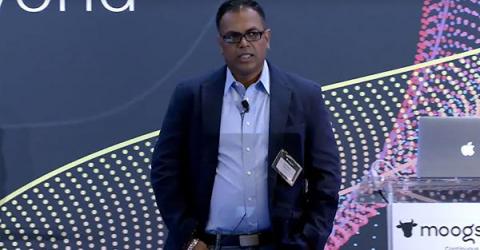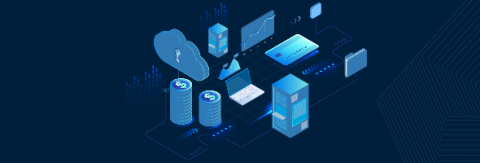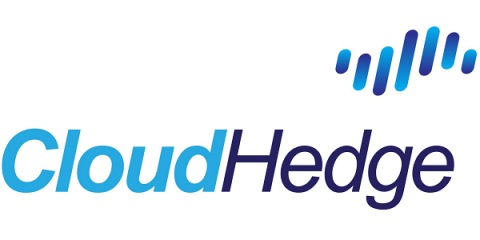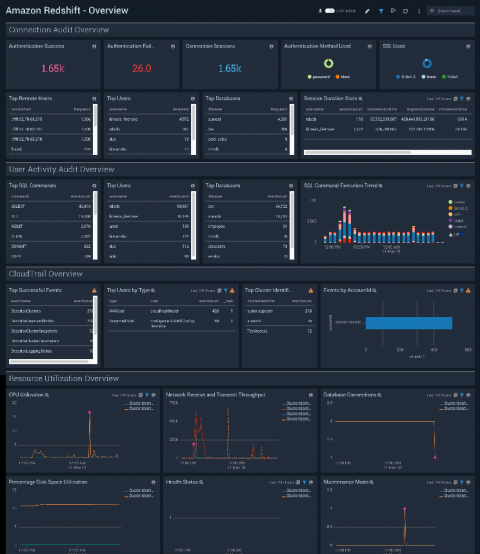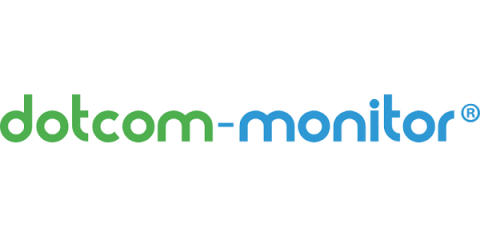Operations | Monitoring | ITSM | DevOps | Cloud
Latest Posts
AIOps Best Practices Transform Enterprise Monitoring at Fannie Mae
Mortgage giant Fannie Mae shared their AIOps adoption journey from the stage at Moogsoft User Conference 2019
Launching our knowledge base
It’s been a long time in the making but after months of pushing it on the back burner, we are finally ready to release our news project. Serverless technology has evolved at a thrilling pace. As a result of the rapid growth and expansion of this whole new space, many developers felt overwhelmed.
How IT Operations Can Dig Itself Out Of Technical Debt
In enterprise IT, technical debt comes in the form of legacy hardware and software, inefficient maintenance processes, lack of scalability or resiliency, poor user experiences, outdated communications or code that's inadequately maintained.
App Journey to be Cloud Native - Automated!
Yes, you read it right! The journey of existing apps on-prem to cloud-native has been automated with the use of CloudHedge.io. Allow me to share different steps taken for automation and which scenarios are a better fit. If you have 100s and 1000s of applications and are looking to assess them for cloud readiness, it can be overwhelming! The mix of applications, the infra, the network, and the geographic spread does make the effort of assessment overwhelming.
Make your monitors nearly real-time
Most of existing IPHost monitor types are passive, meaning they are being polled by IPHost – directly, or via remote network agent. There are two “active” monitors, that perform “Event” type alert, when receiving data from remote host: Syslog monitor and SNMP Generic Trap monitor. Although it’s not possible to transform all possible passive monitors to active, there are several approaches to make monitoring nearly real-time in certain situations.
How to Monitor Redshift Logs with Sumo Logic
In the second installment of our Amazon Redshift series, we covered the different ways you can monitor the performance and disk space of your Redshift servers using tools in AWS. In this final post, we will discuss how you can take your monitoring and logging efforts up a couple of notches by using Sumo Logic with Amazon Redshift.
6 Key Benefits of Microservices Architecture
One challenge for developers beginning a new project is choosing between monolithic and microservice architecture. According to Camunda research, 63% of enterprise level companies have taken steps to apply microservice architecture. Let’s take a closer look at the benefits and implementation of microservice architecture and why enterprise level companies, like Amazon, Netflix, and Uber, are choosing this architecture over traditional monolithic architecture?
Avoid DNS Outages: Decrease Downtime with DNS Monitoring
Cloudflare, Amazon, Microsoft, and Google are some of the largest managed Domain Name Server (DNS) service providers in the world. They are also just a few of the many DNS providers that have struggled with DNS outages. In fact, Cloudflare had an outage earlier this year due to a bad software deployment.
Kubernetes 101
The appeal of running workloads in containers is intuitive and there are numerous reasons to do so. Shipping a process with its dependencies in a package that’s able to just run reduces the friction of organizational communication and operation. Relative to virtual machines, the size, simplicity, and reduced overhead of containers make a compelling case.



